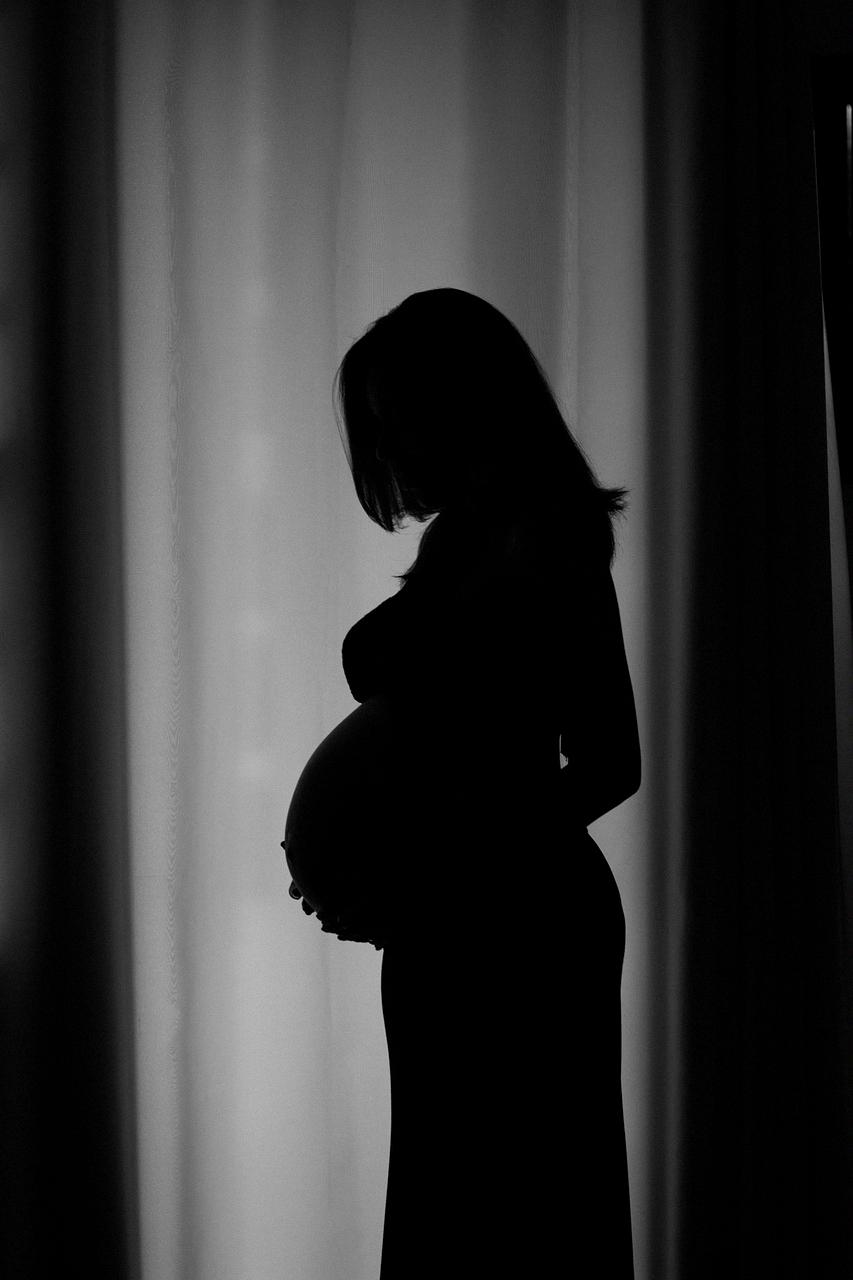When it comes to pregnancy-related deaths in the United States, it is crucial to recognize the various factors that can contribute to such tragedies. The leading cause of pregnancy-related death can vary based on the timing of the event, whether it occurs during and after pregnancy or during birth.
During and After Pregnancy: Heart Conditions and Stroke
Statistics reveal that heart conditions and stroke are responsible for more than one-third of pregnancy-related deaths in the US. These conditions can pose significant risks to expectant mothers, especially if they have pre-existing cardiovascular issues or if they develop complications during pregnancy.
The Impact of Heart Conditions and Stroke
During pregnancy, a woman’s body undergoes numerous changes to support the developing fetus. These physiological adjustments can potentially strain the cardiovascular system, making women more susceptible to heart-related complications. Understanding the risks associated with these conditions is essential for early detection and intervention.
During Birth: Emergencies Leading to Fatal Outcomes
While heart conditions and stroke account for a significant portion of pregnancy-related deaths, emergencies during birth also play a critical role in shaping outcomes. Emergencies such as heavy bleeding and amniotic fluid embolism are identified as leading causes of death during the birthing process.
Recognizing the Signs of Emergency
When a woman goes into labor, healthcare providers must be vigilant in monitoring potential signs of distress. Heavy bleeding, known as postpartum hemorrhage, can occur due to various factors, including complications during delivery or issues with the placenta. Immediate action is crucial in addressing these emergencies to prevent fatal outcomes.
Amniotic Fluid Embolism: A Rare but Serious Concern
Amniotic fluid embolism is a rare yet life-threatening condition that can occur during childbirth. This occurs when amniotic fluid or fetal material enters the mother’s bloodstream, triggering an allergic reaction that can lead to cardiovascular collapse. Early recognition and prompt intervention are essential in managing this critical situation.
Collaborative Efforts in Enhancing Maternal Care
Addressing the leading causes of pregnancy-related deaths requires a multi-faceted approach involving healthcare providers, policymakers, and the community. By improving access to quality prenatal care, promoting awareness of maternal health issues, and implementing evidence-based practices, we can work towards reducing the incidence of these tragic outcomes.
Educating Expectant Mothers on Risk Factors
Empowering pregnant women with information on common risk factors and warning signs can significantly impact their overall health outcomes. Encouraging open communication with healthcare providers, attending regular prenatal appointments, and seeking immediate medical attention for any concerning symptoms are vital steps in ensuring a healthy pregnancy journey.
The Role of Postpartum Care in Preventing Complications
Postpartum care plays a crucial role in monitoring maternal health after childbirth. Close monitoring of vital signs, emotional well-being, and physical recovery can help identify any potential complications early on. By prioritizing postpartum care, we can enhance the overall health and well-being of new mothers.
Advocating for Comprehensive Maternal Health Policies
Advocacy efforts aimed at improving maternal health policies and increasing resources for maternal care are essential in addressing the leading causes of pregnancy-related deaths. By advocating for comprehensive healthcare reforms that prioritize maternal well-being, we can effect positive changes in maternal health outcomes nationwide.
Conclusion: Towards Safer Pregnancy and Childbirth
As we delve into the complexities of pregnancy-related deaths in the US, it becomes clear that a holistic approach is necessary to safeguard the well-being of expectant mothers. By raising awareness, promoting early intervention, and fostering a culture of maternal health advocacy, we can work towards creating a safer environment for pregnancy and childbirth.

